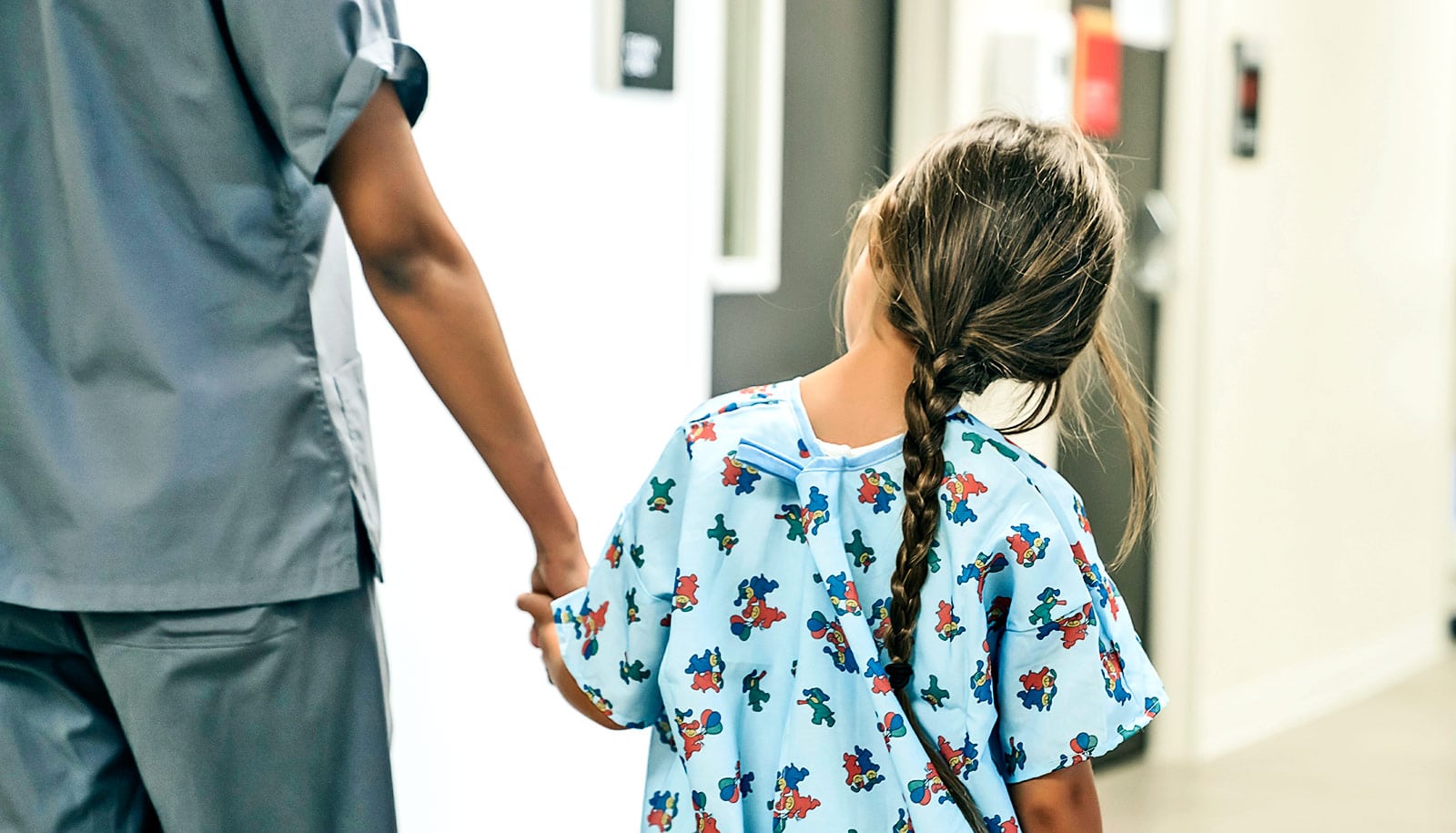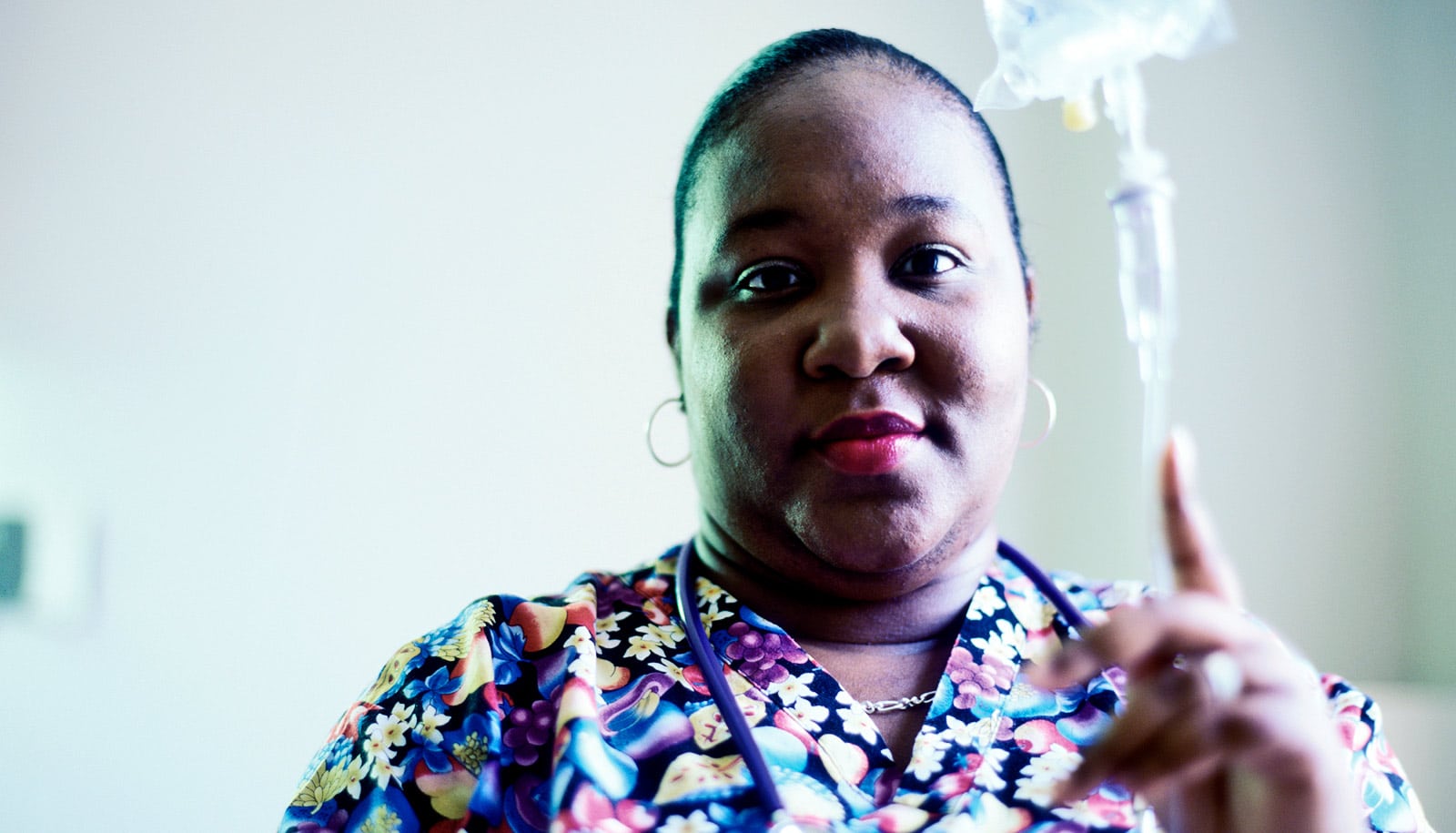Hospitals that have better work environments for nurses have safer care for the youngest—and often most vulnerable—patients.
A 1999 Institute of Medicine report showed that preventable medical errors were responsible for as many as 98,000 deaths in hospitals each year. In the nearly two decades since, hospitals in the United States have prioritized patient safety more than ever. But has that emphasis helped?
Eileen Lake, professor of nursing at the University of Pennsylvania, discusses how things have changed, specifically for pediatric patients in acute-care settings, the state of pediatric care today, and what her findings, which appear in the Journal of Patient Safety, mean for the future.
The IOM report didn’t focus on the pediatric population. Why did you choose to?
In regard to safety, children are particularly vulnerable. They may not be able to speak up for themselves or communicate their physical symptoms, so they need more protection.
They’re also not just small adults; they have an immature physiology. The most common safety compromise that happens is medication error because trying to get the dosage right for a child is more challenging, involving weight-based dosing and dilution. For those reasons, we didn’t want to lump pediatrics in with everyone else.
What was your process for collecting these data?
Our data are from 2015-16, when we sent surveys to a random, representative sample of nurses licensed in four states: Pennsylvania, New Jersey, Florida, and California.
Collectively, these states account for one-fifth of hospitalizations nationally. The beauty of this design is we don’t need to ask a hospital executive, “Can we survey your nurses, please?”
That’s the way we actually used to do it, and it’s a lengthy, expensive process that may yield a non-representative sample because better institutions give access to their nurses, but poorer ones often decline.
Once nurses agreed to participate, what did you ask?
For one, it’s important in safety that an environment isn’t punitive. So, we asked questions like, ‘Do you agree or disagree that staff feel mistakes are held against them?’ The answers ranged from “strongly agree” to “strongly disagree.”
We also asked, “How would you grade safety in your work setting?”, and asked them to grade using A, B, C, D, or F. We considered As and Bs safe.
The other key we looked at was the work environment. How well does a hospital support professional, autonomous nursing practice? How effective is the nurse manager on a nursing unit? To what extent do staff nurses participate in policy decisions and other decisions?
We see that nurses in an individual hospital—and you can look statistically—agree more with each other than nurses across hospitals.
What was the biggest takeaway, in your estimation?
In hospitals with poorer environments, consistently higher fractions of nurses report less safety, and the biggest factor is mistakes being held against them. In other words, in pediatrics, hospitals that have better work environments also have safer care.
It sounds like changes necessary to facilitate this wouldn’t be at the individual level but rather at the hospital level. Is that true?
Yes, that’s our position. It’s hospital-level action that supports the bedside providers to work safely.
That sounds like a tall order. How can that happen in actuality?
Safety is a system-wide feature. People are either supported to give safe care or they’re not. Having a punitive environment, or not feeling free to question decisions, are core ways to identify settings that don’t support caregivers to work safely.
One tangible step to take is to make sure hospital managers know that safety is directly linked to work environment. I think people believe that things are safer now 20 years after the initial IOM report, because we discovered what we did [in the late 1990s].
In fact, our work shows that 19 percent of nurses graded safety at their institutions as “poor.” If you have one in five nurses caring for children giving a poor grade, that’s a wake-up call that we have a fair amount of work to do.
Lake is also a professor of sociology and associate director of the Center for Health Outcomes and Policy Research at the School of Nursing. The Institute of Medicine is now known as the National Academy of Medicine.
Source: Penn


